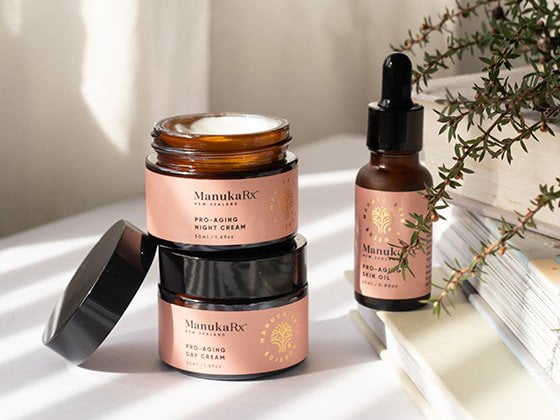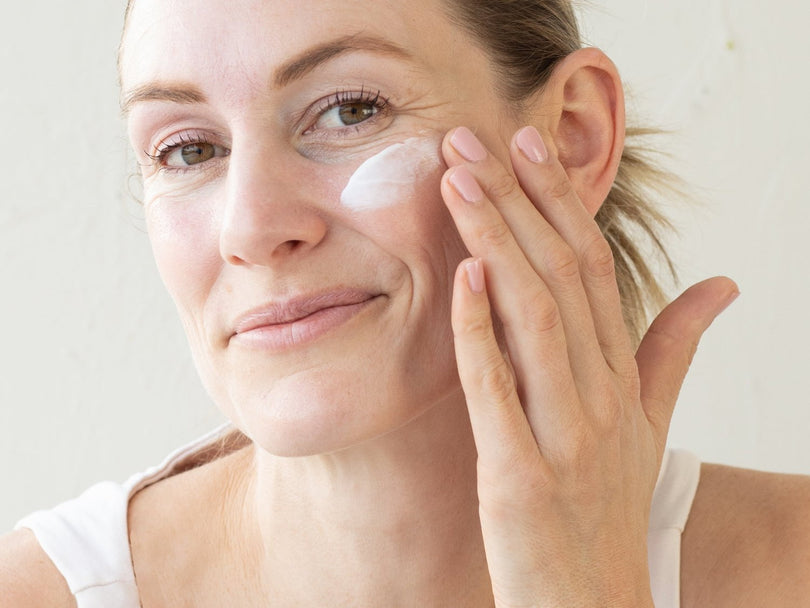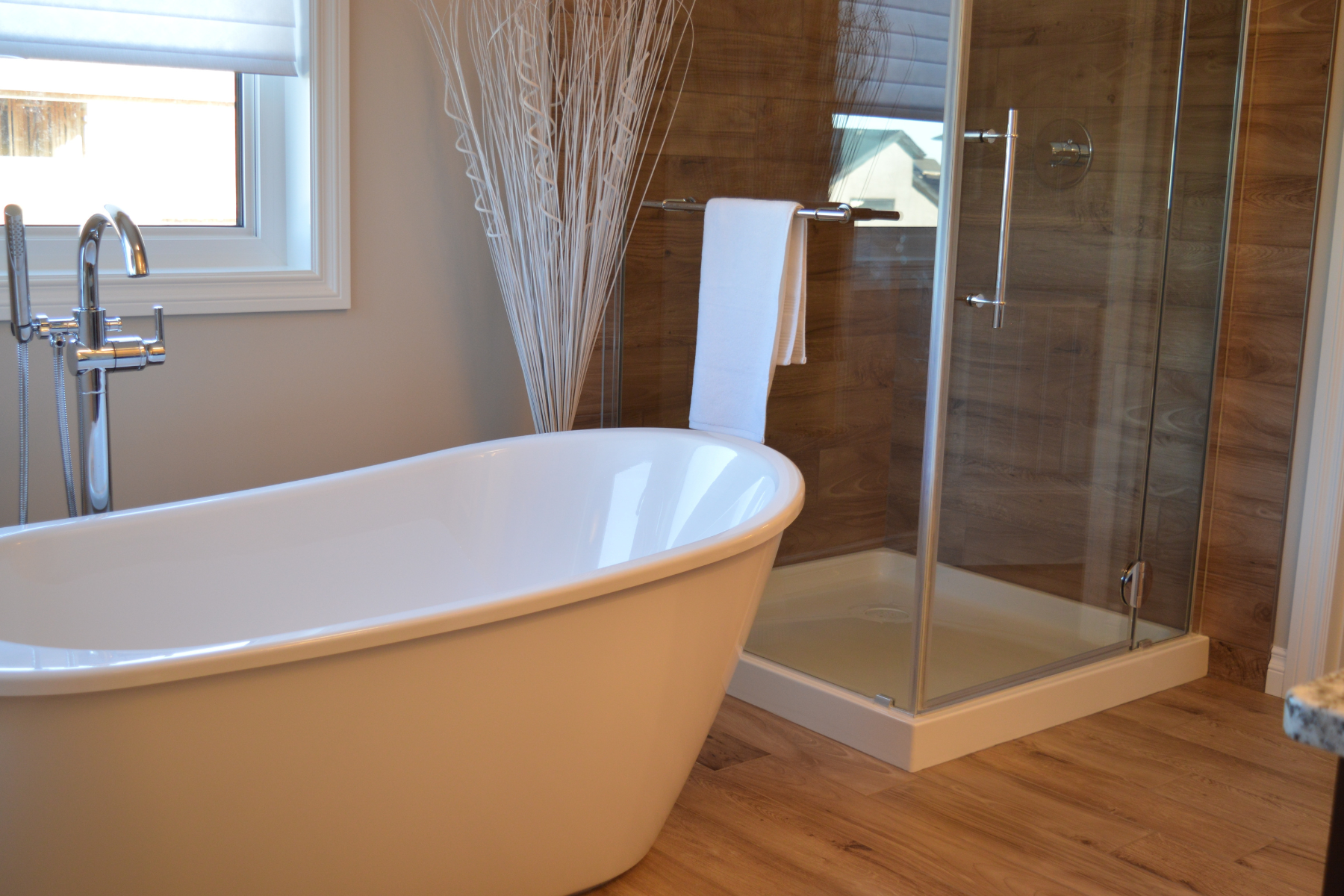Natural Remedies to Fix Cracked Heels Permanently

While cracked skin on your heels might seem like a minor annoyance, they can lead to pain, infection, and long-term damage if left untreated. Read on to learn effective methods to fix cracked heels permanently, prevent them from occurring in the first place, and step confidently into smoother, healthier skin.
The first thought when you notice cracked heels is something like “Yuk! My feet look old and awful!” which might send you scurrying to the pedicurist. But an unattractive appearance is just part of the problem. The deeper problem is the cracks themselves, which can be painful and allow bacteria to enter the body.
What Causes Cracked Heels?

Cracked heels occur when the skin on the bottom of the heel becomes dry, thick, and cracked. This condition can be both unsightly and painful, often leading to discomfort when walking or standing.
Anyone can get cracked heels, sometimes called heel fissures. If you develop deeper fissures, they are more likely to get infected and become very sore. The primary culprits behind cracked heels are dry skin and thick skin, which can develop due to various factors.
Dry skin is more prone to cracking, especially when it loses its natural moisture. Thick skin, on the other hand, can form due to increased pressure on the heel’s fat pad, often caused by prolonged standing or walking.
Medical conditions such as diabetes, obesity, and poor circulation can exacerbate the problem, making the skin more susceptible to cracking. You’re also at increased risk of getting cracked heels if you suffer from a fungal infection like athlete’s foot or toenail fungus.
Additionally, wearing shoes that are too tight or ill-fitting, and exposure to harsh soaps or scented skin care products, can strip the skin of its natural oils, further contributing to the development of heel fissures.

Treating cracked heels at home involves several steps:
1. Exfoliate
Exfoliate 2-3 times per week to remove excessive dead skin on your feet. This will allow other treatments to penetrate more deeply into your skin. We recommend a liquid exfoliant that contains either an alpha hydroxy acid (such as glycolic acid) or a beta hydroxy acid (like salicylic acid).
2. Cleanse
To maintain clean and healthy feet, wash them daily using a hydrating skin cleanser. Avoid using harsh soaps or scented skin care products, as these can strip your skin of its natural oils, leading to increased dryness and irritation. Instead, opt for cream-based cleansers that incorporate natural antibacterial or anti-inflammatory ingredients.
3. Moisturise
Apply an emollient twice per day to soften and moisturise. Natural emollients include shea butter, coconut oil, and beeswax. Petroleum jelly is another option, though we don’t recommend this due to its environmental and potential health issues.
4. Sanitise
After moisturising, use an antimicrobial substance to help prevent bacteria and fungus from entering heel cracks, which can lead to painful infections. We recommend a moisturising product enriched with manuka oil, which has antibacterial and antifungal properties.
5. Seal
Now that you’ve finished cleansing and applying products, it’s time to seal in those products so they can continue to benefit your skin over time. We recommend wearing thin cotton socks to help your skin retain moisture. For severely cracked heels, you can also apply a liquid bandage to speed up healing.
6. Support
Lastly, it’s important to wear supportive footwear that fits properly and protects your healing feet. Even when you’re at home, avoid walking around barefoot or wearing flip flops, open sandals and open-backed shoes that leave your heels exposed to everyday bacteria. Instead, opt for comfortable closed shoes that offer plenty of support in the heel.
Preventing Cracked Heels

Preventing cracked heels requires a consistent daily foot care routine. Start by checking your feet daily for any signs of cracked heels, such as dry, thick skin or visible cracks.
Washing your feet every day is essential to keep them clean and free from potential irritants. After washing, make sure to dry your feet thoroughly, paying special attention to the areas between your toes to prevent moisture buildup.
Applying a moisturiser to your feet is a key step in preventing cracked heels. Look for moisturisers that contain ingredients like urea or glycerin, which are known for their ability to soften and hydrate the skin.
Occasionally, you may also want to gently scrub with a foot scrub to exfoliate and remove dead skin.
Wearing shoes that provide adequate support and keep your feet dry and protected is also crucial. Avoid open shoes, as well as shoes that are too tight or don’t fit well, as they can cause pressure on the heel and lead to thickened skin and cracked heels.
By incorporating these daily foot care practices into your routine, you can effectively prevent the development of dry, cracked heels and keep your feet healthy and comfortable.
ManukaRx Skin Rescue Ointment

Mānuka oil has powerful antifungal and antibacterial properties and is known to help most skin conditions, making it a great addition in the fight against cracked feet.
ManukaRx Skin Rescue Ointment makes an ideal heel balm treatment for cracked heels because it’s both an emollient and an antibacterial, and it contains salicylic acid.
The star ingredient in our Skin Rescue Ointment is mānuka oil, which is naturally rich in β-triketones, a group of organic compounds that are high in antibacterial properties and beneficial against the prevention of the spread of harmful bacteria that live on the skin’s surface.
Along with mānuka oil, our Mānuka Oil Skin Rescue Ointment contains castor seed oil, sunflower seed oil, beeswax, cocoa butter and shea butter.
How to Treat and Prevent Cracked Heels with ManukaRx Skin Rescue Ointment
- Gently rub a thick layer of ManukaRx Skin Rescue Ointment over your heels twice a day – after your morning shower, then again at night. Applying a liquid bandage can also help seal deep cracks and prevent infection.
- You can wear light cotton socks at night to ensure the ointment doesn’t rub off on the sheets. Alternatively, cover with a gauze pad secured with sticking plasters. Using a pumice stone to exfoliate before applying the ointment can enhance the treatment.
- Once severely cracked heels have improved, continue with the treatment two or three times a week to prevent reoccurrence. Keeping the skin clean and addressing skin cracks promptly can help avoid complications.
To learn more about manuka oil, read this overview of its many skincare benefits.






